Full Time to Part Time Letter Template
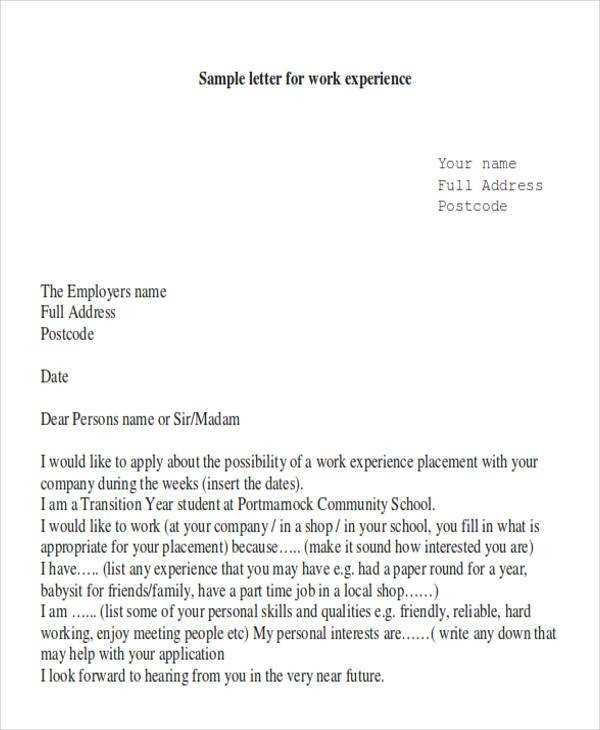
When transitioning from a role with a full work schedule to one with fewer hours, it is important to communicate your intentions clearly and professionally to your employer. This process involves informing them of your desire to alter your work arrangement, while still maintaining a positive relationship and fulfilling responsibilities in a modified capacity. A well-crafted request can ease this shift and ensure that both parties are aligned on expectations.
Why You Might Consider Changing Your Work Arrangement
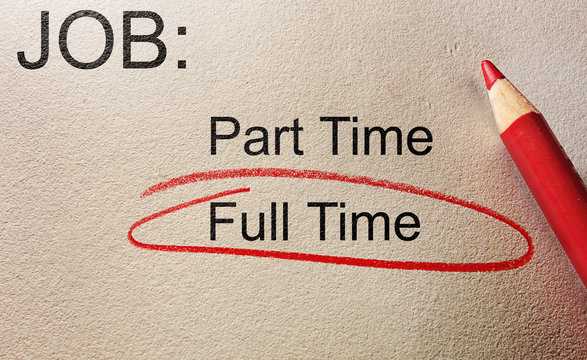
There are various reasons why someone might decide to reduce their workload, ranging from personal commitments to a desire for more flexibility. This change may also stem from a need for better work-life balance, health reasons, or pursuing further education. Whatever the motive, it’s crucial to approach the situation thoughtfully and provide your employer with enough context for them to understand your decision.
Key Points to Include in Your Request
- Clear intention: Be specific about the hours you wish to work and how the change will impact your role.
- Rationale: Briefly explain why you’re making this request, ensuring it reflects your professional goals or personal situation.
- Professional tone: Keep your message polite and respectful, demonstrating your commitment to continuing to contribute to the organization.
- Flexibility: Show willingness to discuss how to adjust your responsibilities in the new schedule.
How to Address Your Employer’s Concerns
Employers may have questions or concerns regarding how the change will affect the team’s workflow or your job performance. Be prepared to address these points calmly. Acknowledge the potential challenges, but offer solutions. For example, propose ways to ensure tasks are completed effectively with your new schedule or how you can maintain communication despite the adjustment.
Steps to Ensure a Smooth Transition
- Prepare in advance: Have a plan ready for how your work can continue uninterrupted with reduced hours.
- Offer alternatives: Suggest flexible solutions or times when you can be available to assist with urgent tasks.
- Set expectations: Agree on a trial period to evaluate how the new arrangement works for both parties.
Common Mistakes to Avoid
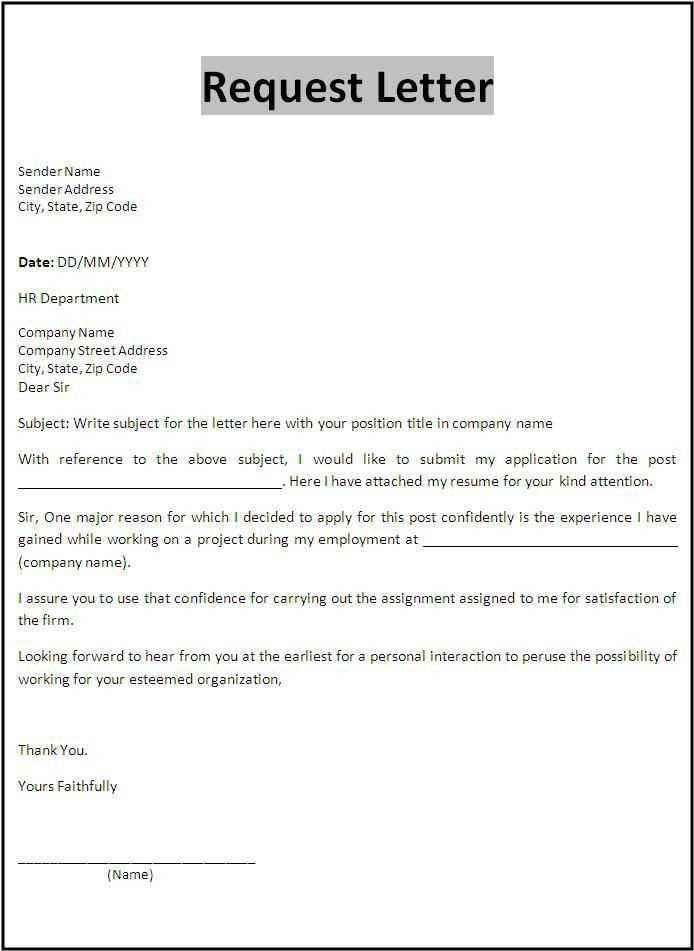
- Being vague: Lack of clarity about your desired schedule may create confusion.
- Not addressing concerns: Failing to acknowledge how the change could impact your team may create unnecessary friction.
- Overlooking future flexibility: It’s important to indicate that you’re open to revisiting the arrangement if necessary.
By taking these steps and ensuring a professional, well-considered approach, you can make the transition to fewer working hours a smooth and beneficial experience for both you and your employer.
Transitioning to Reduced Work Hours
When shifting from a full schedule to fewer hours, it’s essential to communicate your decision effectively to your employer. This change often requires a formal request to ensure both parties understand the new expectations and maintain a positive working relationship. Crafting a thoughtful and well-structured message will help smooth the transition and address potential concerns.
Why You May Need This Document
In many professional settings, formalizing changes to your work arrangement is necessary to ensure clarity and avoid misunderstandings. A written request serves as a clear record of your intentions and the terms of the shift, providing both you and your employer with something concrete to refer back to. It can also demonstrate your professionalism and willingness to collaborate on a solution that benefits both parties.
Key Components of a Request
- Intention: Clearly state your desire to adjust your work hours and provide specifics on the schedule you’re seeking.
- Reasoning: Briefly explain the motivation behind your request, whether personal or professional, ensuring it resonates with your role.
- Commitment: Reaffirm your dedication to fulfilling your responsibilities and contributing to the company’s success, even with the reduced schedule.
- Flexibility: Express your openness to discuss and adjust the arrangement as needed.
Approaching this transition with transparency and professionalism can help make the process smoother and foster understanding between you and your employer.
Steps to Craft the Message
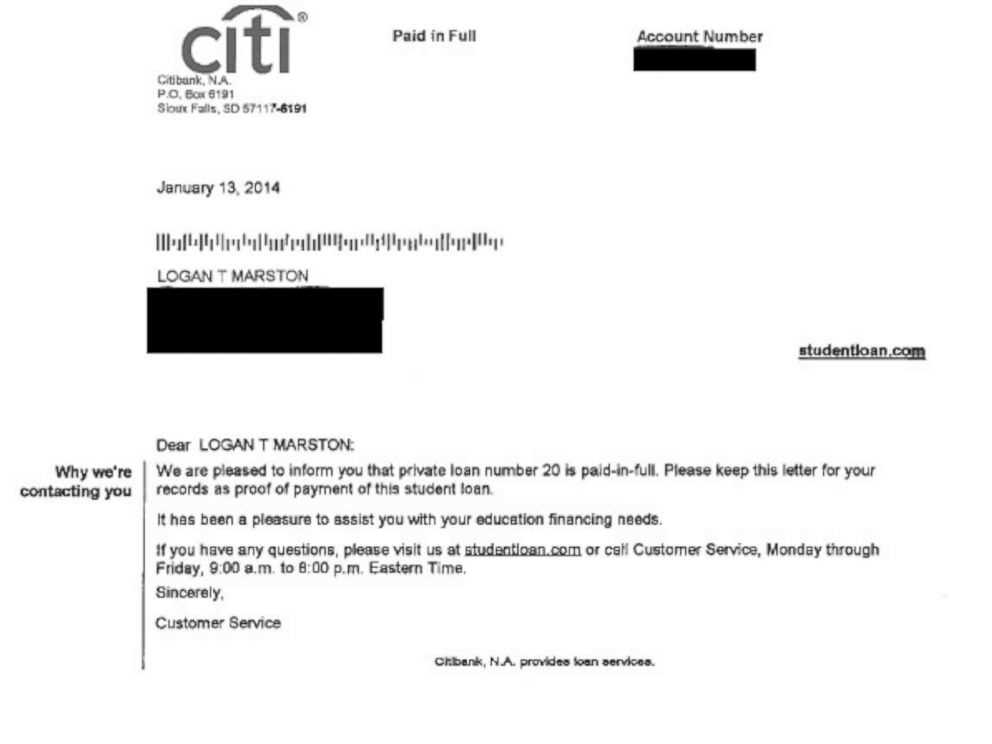
Start by addressing the request formally, using a respectful tone. Begin by stating your intent, followed by the reasoning behind your decision. Next, emphasize your commitment to the organization and your willingness to adapt if necessary. Close by expressing your hope for a positive discussion and possible adjustments to the current schedule. Keep the message concise but thorough to avoid confusion.
How to Address Your Employer
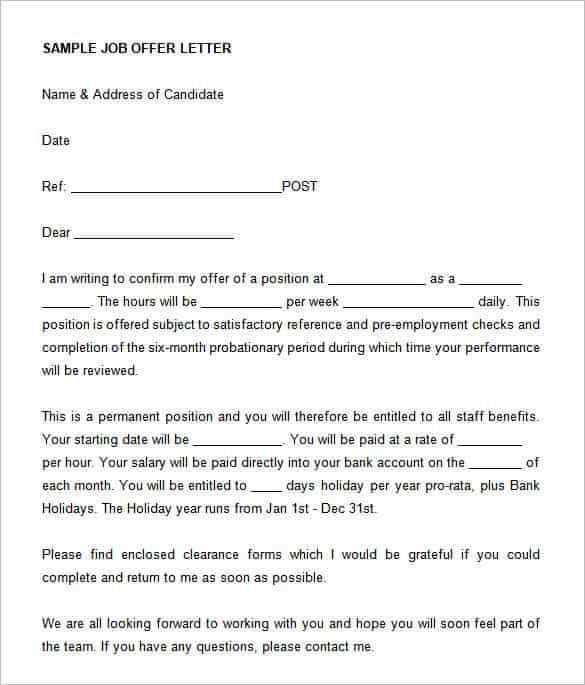
When reaching out to your supervisor or manager, maintain professionalism and respect for their position. It’s important to be clear and specific without being overly detailed about personal matters. Focus on how the change will impact your role, ensuring your employer knows you’re mindful of how the adjustment could affect the team or workflow.
Common Mistakes to Avoid
- Lack of clarity: Failing to specify the desired schedule or expectations may cause confusion.
- Over-explaining: Avoid oversharing personal details unless necessary, as this could detract from the professionalism of the request.
- Neglecting follow-up: Don’t forget to discuss potential follow-up conversations or check-ins to ensure the new arrangement works effectively.
Final Advice for a Smooth Transition
Remain open to feedback and be flexible. Your employer may have concerns or suggestions about how the change could impact the team, so addressing these calmly and with a solution-oriented mindset is important. A clear and cooperative approach will ensure that both you and your employer are satisfied with the new arrangement.